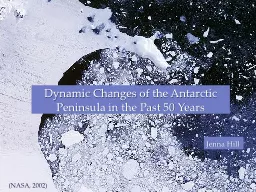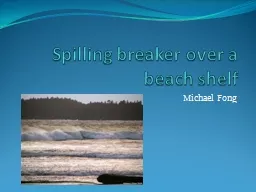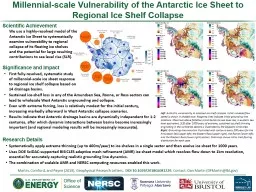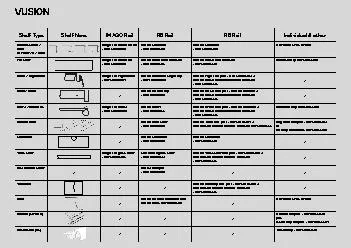PPT-Temporal Reduction of the Ice Shelf in Pine
Author : olivia-moreira | Published Date : 2016-04-27
Island Bay Antarctica 1972 2003 Abstract In an effort to determine whether the Antarctic ice sheet is growing or diminishing over long time intervals Dr Robert
Presentation Embed Code
Download Presentation
Download Presentation The PPT/PDF document "Temporal Reduction of the Ice Shelf in P..." is the property of its rightful owner. Permission is granted to download and print the materials on this website for personal, non-commercial use only, and to display it on your personal computer provided you do not modify the materials and that you retain all copyright notices contained in the materials. By downloading content from our website, you accept the terms of this agreement.
Temporal Reduction of the Ice Shelf in Pine: Transcript
Download Rules Of Document
"Temporal Reduction of the Ice Shelf in Pine"The content belongs to its owner. You may download and print it for personal use, without modification, and keep all copyright notices. By downloading, you agree to these terms.
Related Documents














